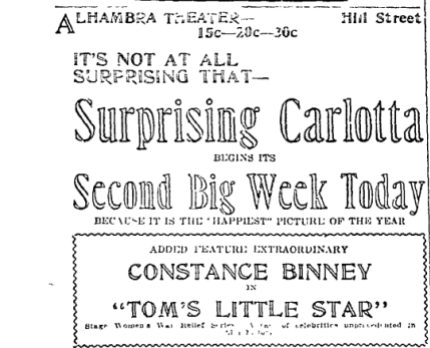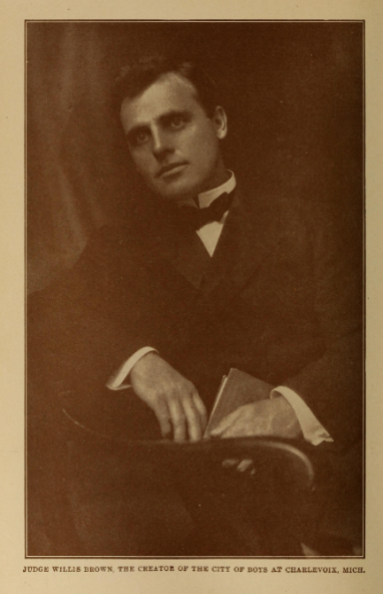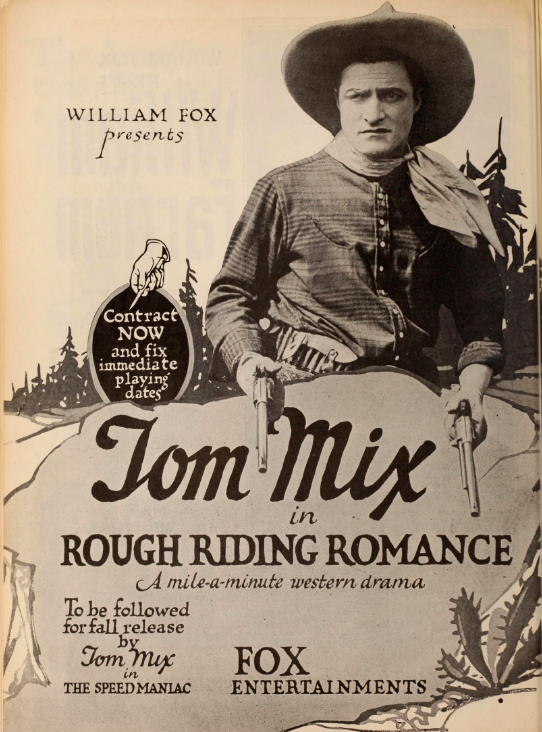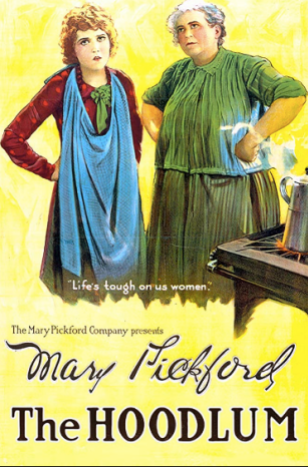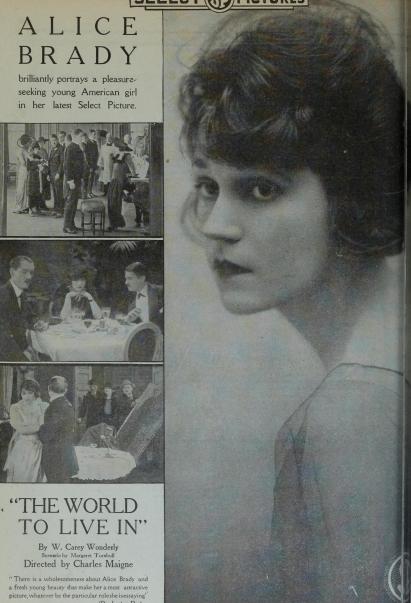
One hundred years ago this week, Grace Kingsley reported on the latest attempt to make kid-appropriate films:
For a long time now, mothers, women’s clubs and others have been asking for human, bright, entertaining but clean pictures…Now comes that Mark Twain of the screen, Judge Willis Brown, with a picture which is sponsored, even owned, by the women’s clubs of the country. It is entitled Surprising Carlotta, and it is on view at the Alhambra, and it fulfills all the exactations of those who have been calling for “human, bright, entertaining but clean” pictures. It is, indeed, a classic of childhood, with an understanding of and sympathy with boy nature which is fairly uncanny. It is humorous, human, sympathetic, comparable indeed only to, and almost a unctuously funny as Huckleberry Finn and Penrod [a popular Booth Tarkington novel, now forgotten], containing also a highly appealing little love story between the young lady heroine and the handsome hero, though this latter is submissive to the story of childhood. There is no preaching in it, and no moral, except, possibly, a sly poking of fun at the pompous stupidity of older people in dealing with childhood.
Unusually, instead of just complaining about not enough films for children, a group formed by women’s clubs called the National Federation of Better Film Workers were paying the Alhambra to run Surprising Carlotta for two weeks. They put their money where the mouth was!
However, it didn’t have a very successful run, according to an article by Kingsley’s co-worker Myra Nye; she wrote that Carlotta’s box office receipts were “surprising, but not surprising enough….By Tuesday night the manager at the Alhambra doubted if the play could run two weeks as it was booked.” It did stick around for a second week, since the Federation had paid for the theater, but after that, it disappeared. As Kingsley observed before, people say they want clean movies, but they don’t buy tickets for them.
Judge Willis Brown, the producer behind Carlotta, had quite a varied career. First he was the manager of the Oregon Fruit Union, a growers’ advocacy group. Around 1898, he formed the Anti-Cigarette League, headquartered in Chicago, and he gave speeches in support of their work. In 1905 he was appointed judge of the juvenile court in Salt Lake City, but his powers were limited because he wasn’t qualified to be a judge in Utah (he hadn’t lived there long enough; later they found out he wasn’t a lawyer). He continued his speaking tours; for example, in 1906 his speech in Los Angeles was called “The Devil’s Sunday School” – he said that saloons were the devil’s church and cigarette smoking was its Sunday school teachings. The L.A. Times was impressed by his delivery and impact:
The enthusiasm of this boyish-looking judge is infectious, and that he had made his presence felt here was demonstrated by the fact that an eager and interested audience—larger than any that has ever before greeted a speaker along similar lines—was present and applauded frequently.
Nevertheless, he was asked to resign from the Salt Lake City court in early 1907, and after a fight, he did. So he continued on the lecture circuit, and he used his earnings to start Boy City in Charlevoix, Michigan, a home for unwanted boys. Later he opened a second branch in Gary, Indiana. His first brush with the movies was in 1910, when Selig Polyscope made a short documentary about his organization called The City of Boys. This inspired him to form his own film production company in 1913, the Youth Photo Play Company, and he hired John M. Stahl to direct a feature-length film, The Boy and the Law, about a wild boy reformed by a stint in Boys City. (Stahl went on to direct classics like Imitation of Life (1934) and Leave Her to Heaven (1945).) Brown moved to Los Angeles and started a new production company in 1917, Boy City Film, to make a series of twenty shorts. He hired King Vidor (The Crowd (1928), Stella Dallas (1937), to direct. The first, Bud’s Recruit, holds up pretty well, according to Michael at Century Film Project:
Given the heavy-handed intentions and presumably limited budget, it is a very effective movie, especially in terms of its comedy. The boy actors are charming, and always seem to give the adults a run for their money…The movie comes across as innocently naïve, where it could have easily been foolish or preachy.
Surprising Carlotta was the end of Brown’s film career. When I say it disappeared, I mean it completely disappeared: after the Los Angeles showing, there’s nothing in digitized newspapers or the Media Digital History Project about it, and it’s not in the AFI Catalog, IMDB or the Silent Film Survival database. Judge Willis went back to the lecture circuit. He died following a heart attack at home in Los Angeles on April 30, 1933, leaving a widow and three children. (no, Wikipedia and IMDB, he wasn’t the Willis Brown who was shot by a spurned lover in Columbus Ohio, nor was he formerly known as James Willhenry Brown—I’ll send them a correction.)
Kingsley’s favorite film this week, The Temperamental Wife, had a “brilliant photoplay” by some of her favorite writers, Anita Loos and John Emerson. She said:
the story is full of fresh ideas, humorous situations and scintillating subtitles….The photoplay is full of clever touches for which the Loos-Emerson combination is famous and it is quite impossible to convey a sense of its amusing quality in the small space allotted me. Perhaps the best guaranty I can give you is the fact that the audience yesterday was kept in a constant uproar by the fun of the action and the amusing subtitiles.
A complete copy of it is at the Library of Congress, but the plot (a jealous wife learns that her husband’s secretary is -gasp- a woman!) might be what’s keeping anybody from releasing it on DVD.
“Former Utah Jurist Drops Dead in L.A.,” San Pedro News Pilot, May 1, 1933.
S.J. Griffin, “Judge Willis Brown,” Ogden Standard, May 29, 1909.
“Juvenile Judge Won’t Quit,” Deseret Evening News, January 24, 1907.
Grace Kingsley, “Making the Boys Behave,” Los Angeles Times, October 12, 1919.
“National Fruit-Growers Association,” Los Angeles Times, May 19, 1896.
“New Court to Open Soon,” Salt Lake Herald, April 10, 1907.
Myra Nye, “Commercializing Goodness in Films,” Los Angeles Times, November 2, 1919.
“Willis Brown Appointed Judge,” Salt Lake Herald, March 31, 1905.


